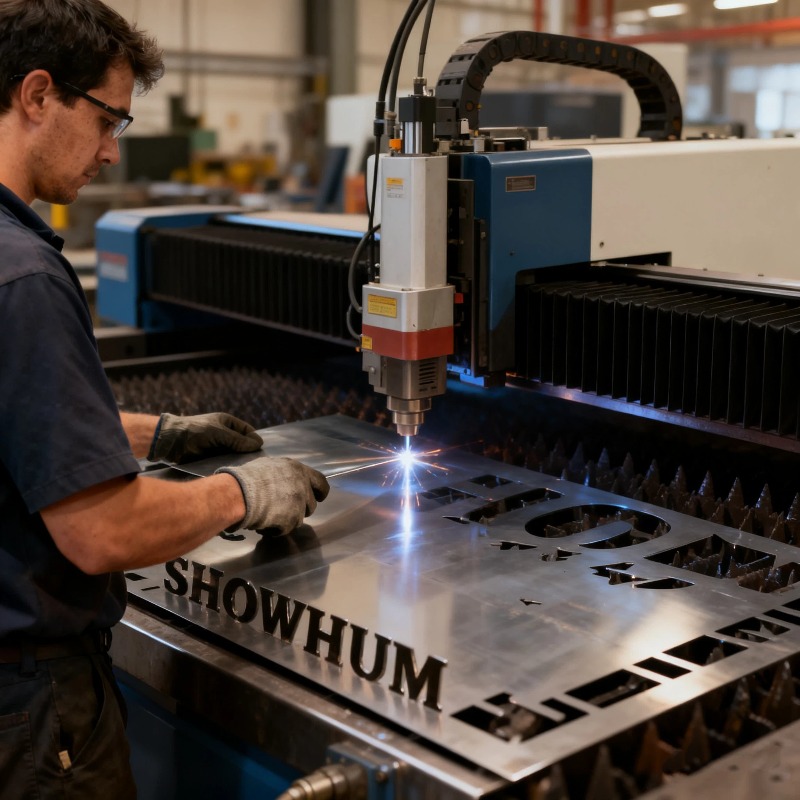
Laser cutting has revolutionised the metal processing industry, offering precision, speed, and versatility that traditional cutting methods cannot match. Whether used for industrial manufacturing, custom art, or high-tech electronics, laser cutting is a cornerstone of modern fabrication.
The technology uses a focused laser beam to cut through various metals, including stainless steel, aluminium, and carbon steel. One of its key advantages is accuracy. Laser cutting can achieve tolerances as tight as ±0.1 mm, making it ideal for intricate designs and detailed components.
In addition to precision, speed is another major benefit. High-power lasers can cut through thick materials in seconds, significantly reducing production time compared to mechanical cutting. This efficiency is particularly valuable in industries like automotive and aerospace, where high-volume production is common.
Fibre lasers have emerged as a game-changer in recent years. They offer faster cutting speeds, lower energy consumption, and the ability to work with reflective materials like brass and copper. Unlike traditional CO2 lasers, fibre lasers require minimal maintenance, making them a cost-effective option for many manufacturers.
The integration of CNC (Computer Numerical Control) technology has further enhanced the capabilities of laser cutting. CNC-controlled lasers can follow intricate designs with extreme accuracy, enabling mass production of complex parts. This combination of automation and precision has expanded the use of laser cutting into new fields, from medical device manufacturing to architectural design.
As laser technology continues to evolve, its applications in the metal processing industry will only grow, making it an indispensable tool for fabricators worldwide.
 Sheet Metal Fabrication: Precision, Durability, and Versatility for Industrial Applications
Sheet Metal Fabrication: Precision, Durability, and Versatility for Industrial Applications
Sheet Metal Fabrication: Precision, Durability, and Versatility for Industrial Applications